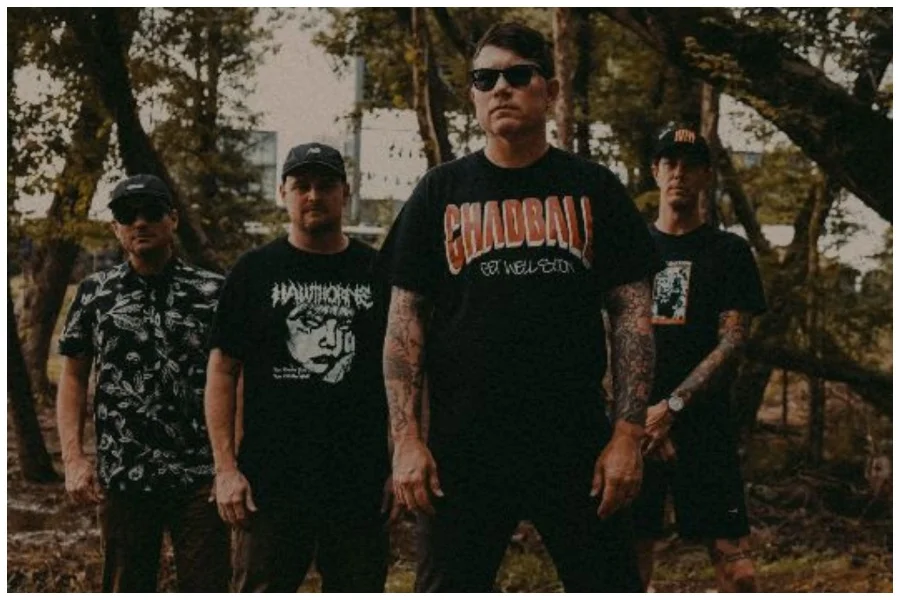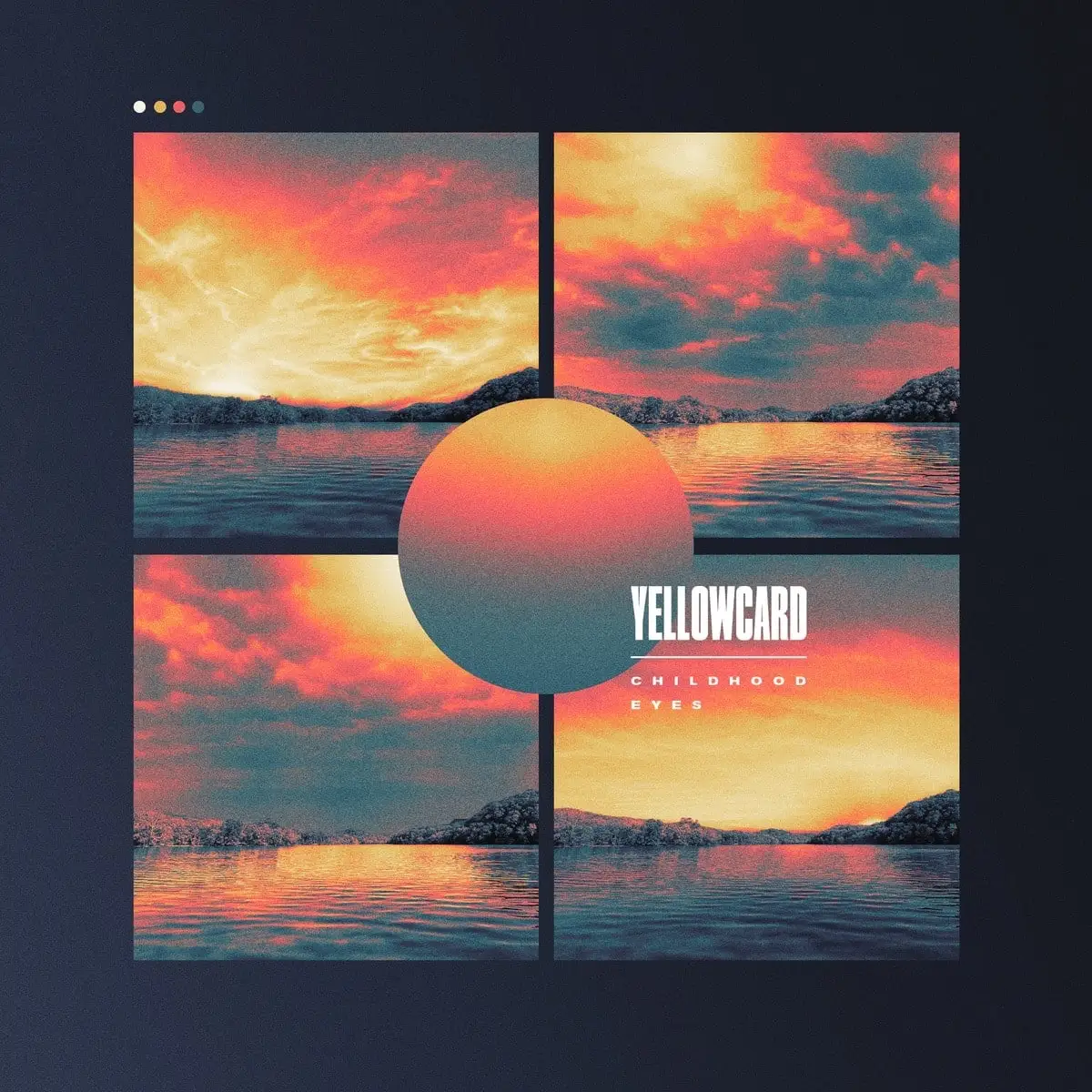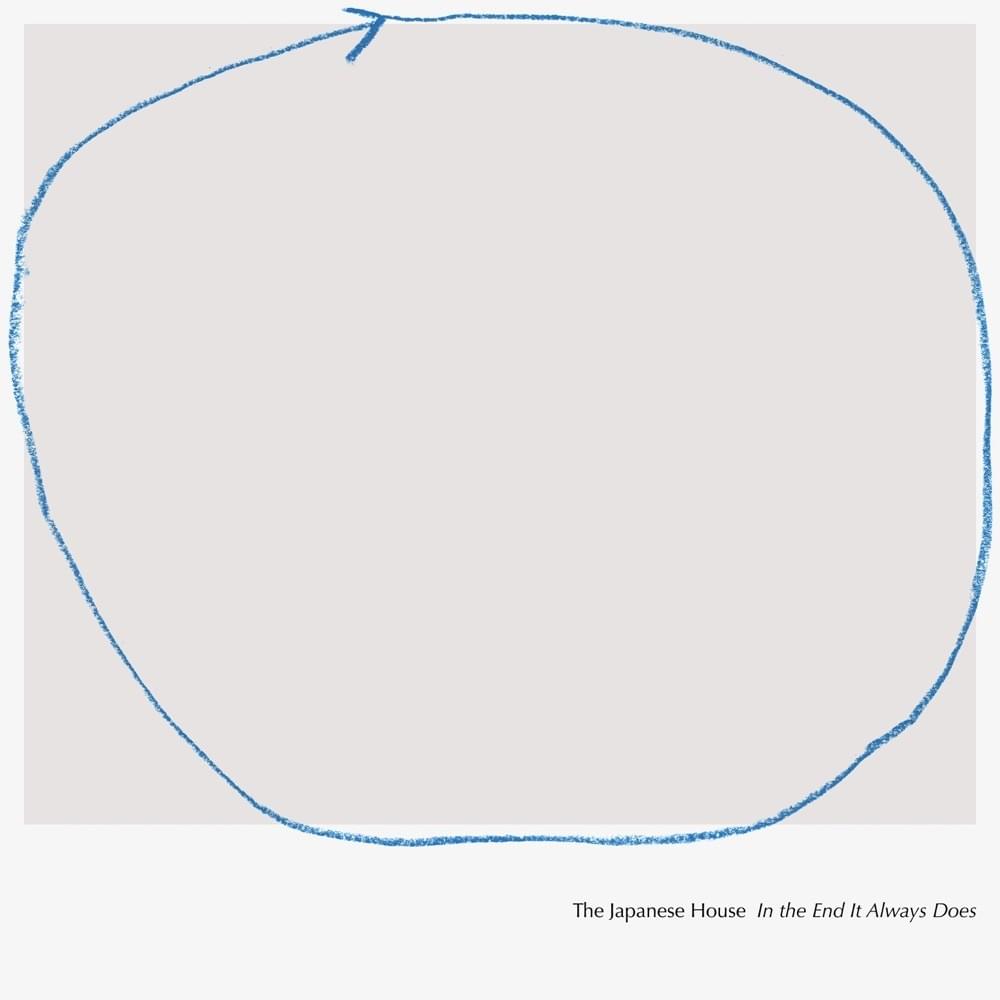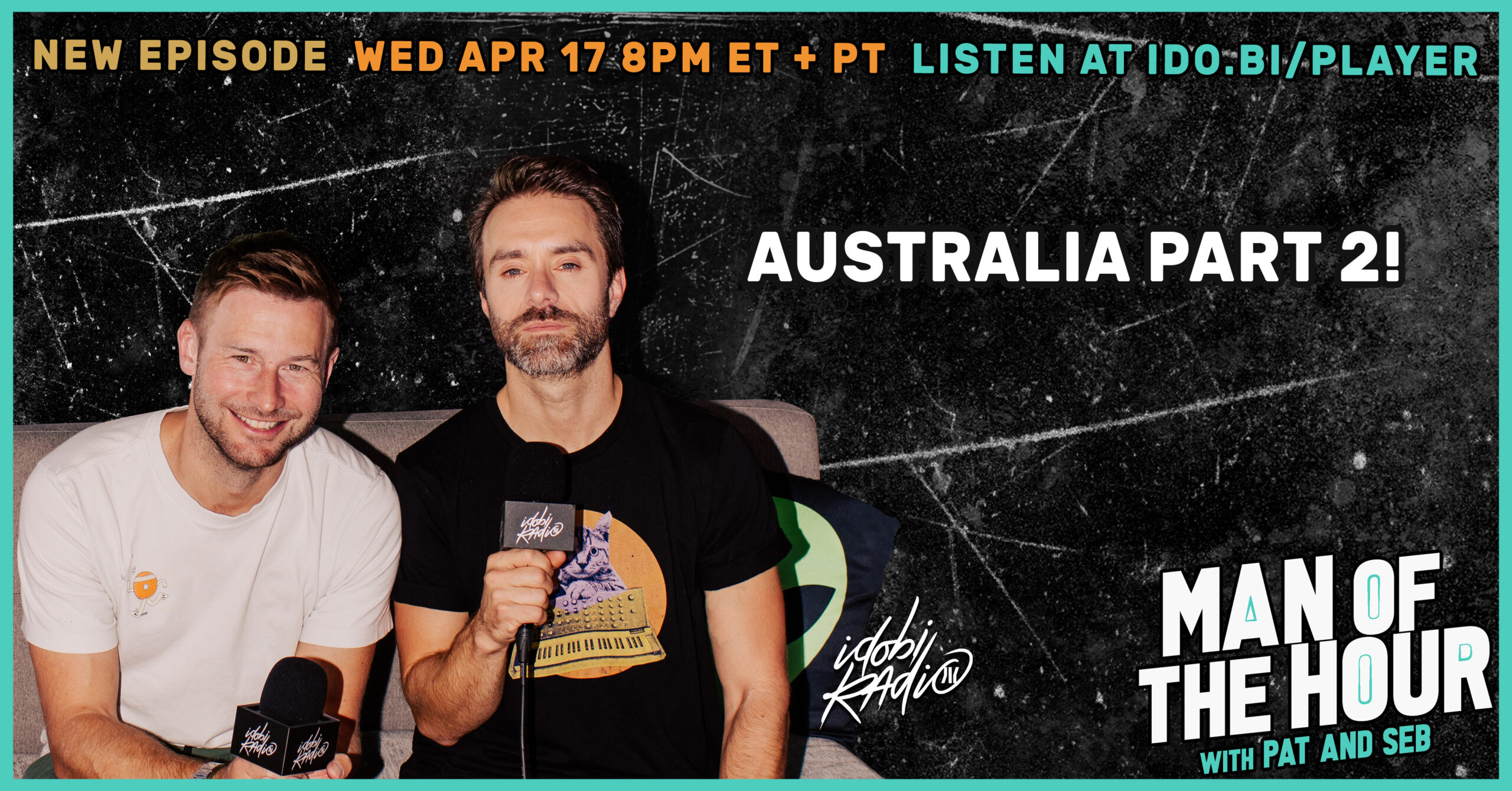As the early buzz over new music services such as Apple Computer’s iTunes fades, record labels and technology companies are struggling to turn the services into profitable businesses.
Speaking at the iHollywood Forum’s Music 2.0 conference in Los Angeles Monday, executives on both sides focused on the 99-cent price tag that has become the market’s standard for downloadable music. Critics say that that price needs to come down if mainstream consumers are to start buying in large numbers, making the Internet a serious factor in the record industry’s bottom line. Record labels say they can’t afford to go lower.
“There’s very little money in this to begin with,” said David Ring, vice president of Universal Music Group’s eLabs division. “A lot of people are already recognizing that we’re going to have to sell a lot more singles at 99 cents in order for us to make money, and for artists to be able to make a living.”
Whatever the ongoing tensions, it’s clear that the relationships between record labels and technology companies have improved immeasurably over the past year. Going into the Christmas buying season, numerous services are for the first time offering digital music downloads or online subscription services with the blessing of the big music companies.
That-in theory-will help drive purchases of portable music players such as Apple’s iPod or Samsung’s Napster device. Music executives hope all of this will help spark consumers’ interest in buying music online and offline, helping to boost revenues in an industry crippled by revenues that have fallen steeply for the last three years.
Indeed, the download services are seeing some signs that many music listeners are accepting the 99-cent price tag, despite some downward pressure. Apple Computer said Monday that it has now sold more than 20 million songs in fewer than seven months through its iTunes song store.
Online buying patterns are also beginning to emerge, pointing to potential ground rules for the new services. Apple director of marketing Peter Lowe said that 45 percent of songs downloaded through iTunes had been sold as part of a full album, rather than in single song form. That indicates many people are still interested in purchasing large numbers of songs, or full albums, despite having a la carte options, Lowe said.
Additional research from the NPD Group indicated that iTunes customers bought more music than did ordinary offline consumers over the first four months of that service’s operations. The average iTunes customer bought 49 songs online during that time, or the equivalent of about an album a month, compared with the average teenager’s purchase of a CD every two months, said NPD vice president Russ Crupnick.
The Macintosh audience may not be representative of the larger market, however, since Apple buyers tend to have higher incomes and greater technological sophistication than the PC audience as a whole, and have previously had less access to the free file-swapping services.
Despite these positive early signs from iTunes and its rival services, consumers are still showing resistance to today’s prevailing market price for digital music, conference attendees said.
“I’ve been hearing 99 cents (as a price for digital songs). If it’s that, I would just go out and buy the CD,” said Alina, a UCLA student who participated on a panel discussing college students’ music behavior. She said she had never used any of the paid digital music services. The students did not use their full names, in part because in some cases they were talking about downloading music illegally. “If it’s 30 cents I would buy it.”
A survey conducted by research firm Ipsos-Insight found that consumers said they thought $7.99 was the best price for digital-music albums. The typical price for an online album today is $9.99. Consumers in the survey also said they were still willing to pay considerably more-between $10 and $12-for a physical CD.
Technology companies say record companies need to take heed of these signs and be more flexible with pricing and the restrictions they put on copying and CD burning. Labels, artists and music publishers can potentially make more money with lower prices by offering deals on back-catalog songs that are unavailable elsewhere today and by spurring much more frequent purchases from consumers, technology company executives said.
“There has not really been an attempt to explore the price elasticity of this product,” said Robbie Vann-Adibe, CEO of Ecast, a company that provides digital music jukeboxes for bars and retail businesses.
Currently, close to two-thirds of the 99 cent digital song price goes to labels and other copyright holders, leaving slim or even negative margins for the song stores themselves. Apple CEO Steve Jobs recently said his company remains interested in the business because it helps sell the company’s profitable iPod music devices.
Music executives say they may become more flexible with this pricing, but it will take time and resources. Their industry has accepted that the future is digital, but it can’t change overnight, they said.
“This business is going to grow,” said Courtney Holt, head of new media for Interscope Geffen A&M Records. “But you can’t look at old-world models of how we made money and say we’re going to duplicate those in the new world. At the corporate level we’re looking seriously at what the record business, not just the record company, is going to be in five years.”





























